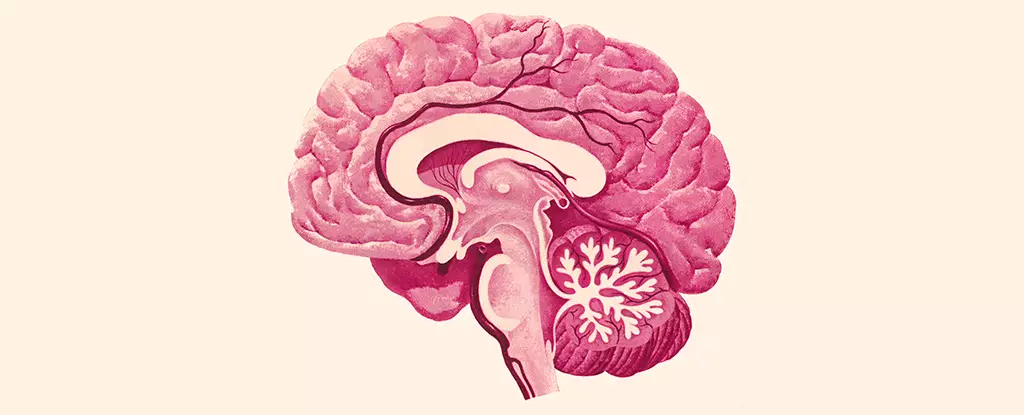Herpes Simplex Virus Type 1 (HSV-1) is commonly recognized as the virus responsible for cold sores, but recent research has unveiled its capacity to infect the brain and central nervous system. This alarming revelation invites scrutiny into how widely this virus may disrupt neurological health and functions. Researchers from the University of Colorado and the University of Bourgogne have embarked on a significant investigation into the pathways of HSV-1 infection within the brain, potentially offering explanations as to why this virus is linked to neurodegenerative diseases, notably Alzheimer’s.
Understanding the interplay between HSV-1 and neurological conditions is paramount. While it is well-known that HSV-1 can infiltrate the central nervous system via the trigeminal and olfactory nerves, the mechanism by which it spreads throughout brain tissue remains largely elusive. This knowledge gap poses questions about the long-term consequences of such infections, as neurologist Christy Niemeyer emphasizes the need to identify which regions of the brain are susceptible to viral invasion in order to probe deeper into its implications.
The recent study has made headway in delineating specific areas of the brain that are impacted by HSV-1. Important regions such as the brain stem and hypothalamus have been found to host the virus, raising concerns about fundamental bodily functions such as heart rate, respiration, and hormonal regulation being jeopardized. Conversely, regions typically associated with memory, such as the hippocampus and cortex, appeared unaffected by HSV-1 antigens. This discrepancy in vulnerability could indicate that while some areas are at risk, others may possess a level of resilience—or at least an initial resistance—to the virus.
Furthermore, the investigation examined the role of microglia, the resident immune cells of the central nervous system, and their response to HSV-1 infection. The observable inflammation in these immune cells raises alarms about persistent damage, highlighting the significance of sustained immune system activity even after the virus has dissipated. Such chronic inflammation is a potential indicator of ongoing neurological stress, which could precede or accompany neurodegenerative processes.
The implications of these findings extend far beyond the immediate concerns surrounding cold sores. The association between HSV-1 and neurodegenerative diseases, particularly Alzheimer’s, has been a point of contention and research focus. While no definitive pathway linking HSV-1 to the onset of Alzheimer’s has been established, the emerging data supports the notion that this virus may play a contributory role in neurological decline through inflammatory responses affecting critical brain areas.
Niemeyer’s assertion that persistently inflamed cells can catalyze chronic inflammation is significant and warrants further attention. Chronic inflammation is increasingly recognized as a precursor to various neurological conditions, and understanding its connection to HSV-1 could sharpen our comprehension of Alzheimer’s disease progression. The study not only enriches our understanding of HSV-1’s neurological impact but also sets the stage for future research exploring the interplay between viral infections and neurodegenerative disorders.
Directions for Future Research
The findings of this study present a valuable foundation for subsequent investigations. Future research could aim to uncover the precise pathways through which HSV-1 influences neurodegenerative processes. This includes determining whether the virus serves merely as a trigger or whether its presence exacerbates pre-existing vulnerabilities in individuals predisposed to neurological diseases.
Additionally, longitudinal studies focusing on human populations could provide more data on the occurrence of HSV-1 infections and their correlation with neurodegenerative disease incidence. As scientists continue to unravel the complexities of this relationship, preventive strategies or therapeutic interventions may become attainable, potentially mitigating the risks posed by HSV-1.
The growing recognition of HSV-1 as a potential player in brain health challenges previously held beliefs about this common virus. As research continues, the necessity to safeguard our neurological health from such commonplace pathogens has never been more evident, paving the way for new insights and breakthroughs in the understanding and treatment of neurodegenerative diseases.

Leave a Reply